are strawberries a fruit, japanese food, Japanese sweets, strawberries
Are Strawberries a Fruit–In the Winter?
James Lau
Posted on May 10, 2023
Share:
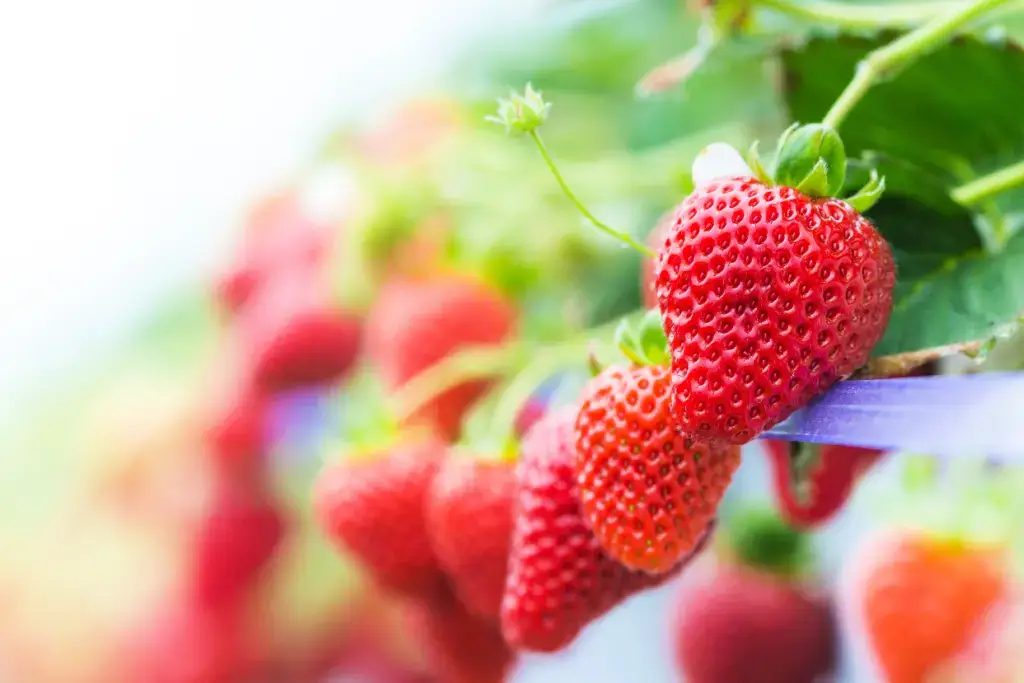
Contrary to popular belief, strawberries are a winter fruit in Japan instead of a summer fruit in the West. Because many farmers in Japan use unique agricultural techniques to cultivate this delicious fruit–sometimes even in different colors, Japanese strawberries are very popular!
How are strawberries fruit in the winter?
Japanese farmers are experts in producing high-quality strawberries during the winter months. They use advanced cultivation techniques like hydroponics and trellising to create the perfect growing conditions for their strawberries. Hydroponics uses a nutrient-rich water solution to grow plants without soil. This technique ensures the strawberries get everything they need to grow big and tasty.
Trellising is another technique Japanese farmers use to support the growth of their strawberries. Trellises are structures made of wood or wire that help keep the fruit off the ground and allow it to grow in a straighter, more uniform shape. As a result, this technique makes it easier for farmers to harvest the fruit and keeps it looking nice and juicy.
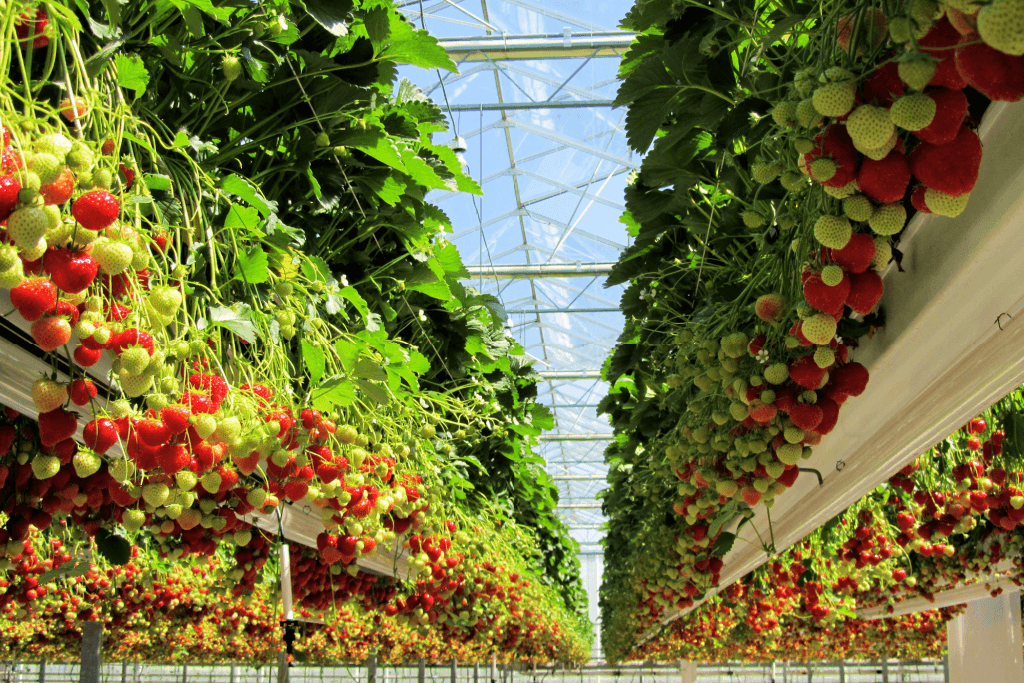
But why are Japanese winter strawberries so special?
They’re known for their deep red color and firm texture. They’re also incredibly juicy and sweet, with a flavor out of this world. And did you know that people give winter strawberries as gifts during the holiday season? That’s right – they’re considered a luxurious, high-quality fruit and the perfect gift for someone special.
Not only are Japanese winter strawberries delicious, but they’re also packed with vitamins, antioxidants, and other nutrients that are good for your health. Some studies have even suggested that strawberries may help reduce the risk of certain diseases.
And the best part? Many Japanese farmers use sustainable cultivation practices to grow their strawberries, which helps reduce the environmental impact of farming and promotes long-term sustainability! Let’s look at some of the best places in Japan that produce winter strawberries!
Oita
Oita is another critical region for strawberry cultivation in Japan, located on the island of Kyushu. Oita’s warm climate and abundant sunlight make it an ideal location for growing strawberries, and many farmers specialize in producing premium fruit.
One of the most famous varieties of strawberries grown in Oita is the “yayoihime,” a large, sweet fruit with a distinctive cone shape, typically harvested between December and May. Many consumers highly prize Yayoihime strawberries in Japan and worldwide treasure Yayohime strawberries for their unique flavor and appearance.

Yayoihime strawberries are known for their bright red color, firm texture, and sweet taste with a hint of tartness. Thanks to their excellent taste, high yield, and excellent storage ability, they are a popular variety among growers and consumers, allowing them to remain fresh and flavorful longer than other varieties.
In addition to trellisation and hydroponics, Oita farmers use natural pest management methods such as introducing ladybugs and other beneficial insects into their fields to control pests.
Fukuoka
Fukuoka is another region in Japan famous for growing high-quality winter strawberries. The region’s cool climate and well-draining soil create ideal conditions for cultivating strawberries. Fukuoka prefecture is located in the southern part of Japan and has a relatively mild winter climate, which allows farmers to grow strawberries all year round.
In addition to the advanced cultivation techniques, Fukuoka farmers also use a method called “enkaen,” which involves covering the plants with a unique film to protect them from pests and diseases. This technique helps to ensure that the strawberries are healthy and free from damage.

What are Amaou and Benihoppe strawberries?
The Fukuoka region is home to several famous varieties of winter strawberries, like the Amaou and Benihoppe. The Amaou is large with a deep red color and sweet flavor with a hint of tartness. Its name, “Amaou,” means “sweet and big” in the local dialect, and its harvest season is between December and May.
One of the unique features of Amaou strawberries is their heart-shaped appearance, which makes them a popular choice for Valentine’s Day gifts in Japan. Amaou strawberries are also a popular ingredient in desserts and jams.
The Benihoppe strawberry is another popular winter variety grown in Fukuoka. “Benihoppe” means “red cheeks” in Japanese, which refers to the strawberry’s bright red color. It is a versatile fruit that people enjoy fresh, used in baking, or made into jams and preserves. The Benihoppe strawberry has a reputation for being difficult to grow, which makes it a prized and sought-after variety among fruit enthusiasts.
Are you looking to enjoy even more traditional snacks involving fruits such as strawberries? Check out Sakuraco! Sakuraco delivers traditional Japanese snacks, sweets, tableware, and more from local Japanese makers right to your door, perfect for a pleasant snack time at home!

Are strawberries fruit in the Kumamoto winter?
Kumamoto is another region in Japan well-known for producing high-quality winter strawberries. It has a mild climate in southern Japan for year-round strawberry fruit cultivation.
One unique feature of Kumamoto-grown winter strawberries is using a type of soil called “Kumamoto Natural Soil.” It’s rich in minerals and nutrients, which help to promote healthy growth and a sweet, delicious flavor.
Another popular variety is the Skyberry. Kumamoto farmers developed it through careful breeding and cultivation techniques. One of the unique features of the Skyberry is its high sugar content, which gives it a sweet, fruity flavor that consumers highly sought after. The Skyberry also has a firm texture, making it a popular choice for baking and other desserts.
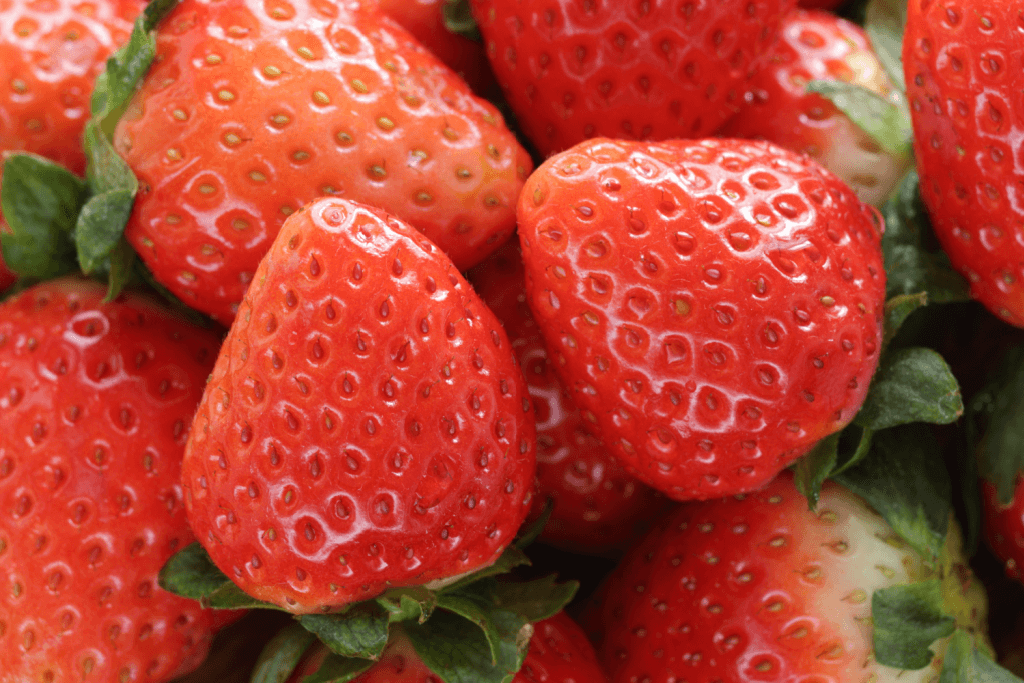
The Yamamomo is another popular winter strawberry variety from Kumamoto. It has a distinct tartness and firm texture, which sets it apart from other strawberry varieties. “Yamamomo” means “mountain peach” in Japanese, which refers to the strawberry’s peach-like texture and flavor.
It’s typically smaller than other varieties but has a unique flavor profile. It has a bright red color and a slightly rough texture, which gives it a rustic, homemade feel. The Yamamomo is a common ingredient in traditional Japanese desserts, such as mochi and daifuku.
Miyagi
Miyagi is a prefecture located in the Tohoku region of Japan and is famous for its cold winters, making it an ideal location for growing winter strawberries. Because of the climate, Miyagi’s winter strawberries incorporate traditional and modern farming techniques. They primarily use greenhouses to control temperature and moisture levels, trellising to support the plants, and hydroponic systems to provide nutrients directly to the roots.
Another famous winter strawberry variety grown in Miyagi is the Toyonoka. It’s famous for its deep red color, sweet flavor, and juicy texture. It was first developed in the 1980s in Miyagi Prefecture and quickly became one of Japan’s most popular strawberry varieties. The Toyonoka strawberry features a large size, firm flesh, and high sugar content. It’s a common ingredient in desserts and pastries and eaten fresh.
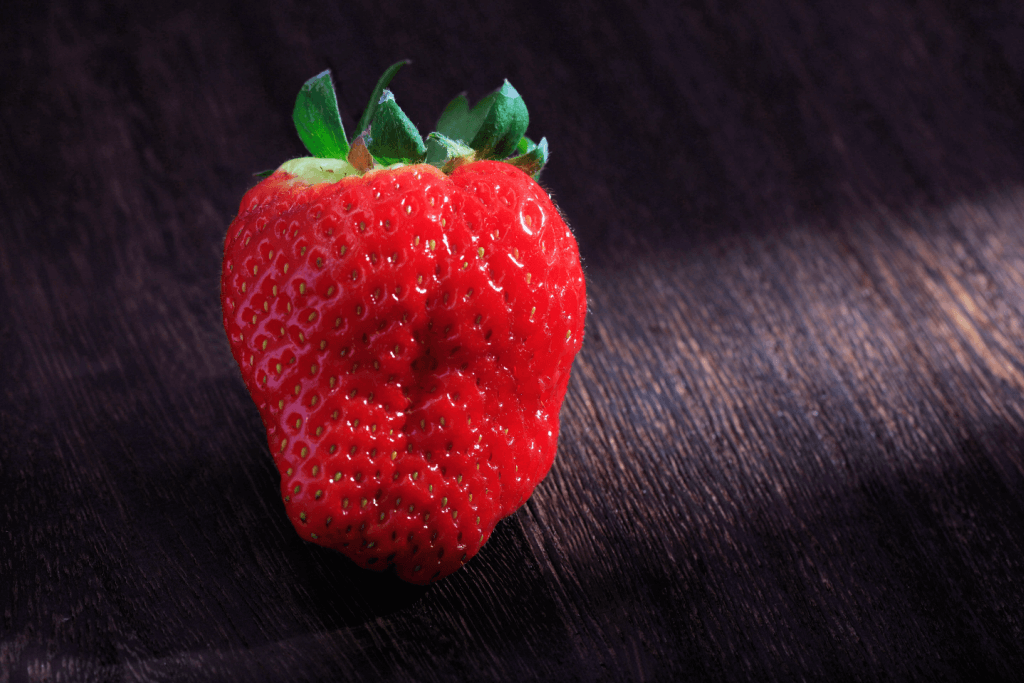
Why are Toyonaka strawberries so popular?
One reason Toyonoka strawberries are so popular is their versatility. It is resistant to disease and has a long shelf life, which makes it ideal for shipping and storage. Moreover, it’s easy to grow; Miyagi and other regions of Japan can produce large quantities of Toyonoka strawberries each winter.
Another popular winter strawberry variety grown in Miyagi is the “Akihime.” It is a relatively new variety of strawberry fruit developed in the 1990s and has since become popular among fruit enthusiasts in Japan. It has a soft, juicy texture and high sugar content, making it perfect for desserts, sweet dishes, or fresh food.
All in all, one of the unique characteristics of the Akihime strawberry is its resistance to cold temperatures. It’s an ideal variety for winter cultivation, particularly in Miyagi Prefecture. The Akihime strawberry is also disease-resistant and relatively easy to cultivate, making it a popular choice among farmers in the region.
Have you ever tried Japanese winter strawberries? Which ones did you like? Let us know in the comments below!

Discover authentic flavors with Sakuraco
Get Sakuraco 

Discover authentic flavors with Sakuraco
Get Sakuraco 
Related Articles
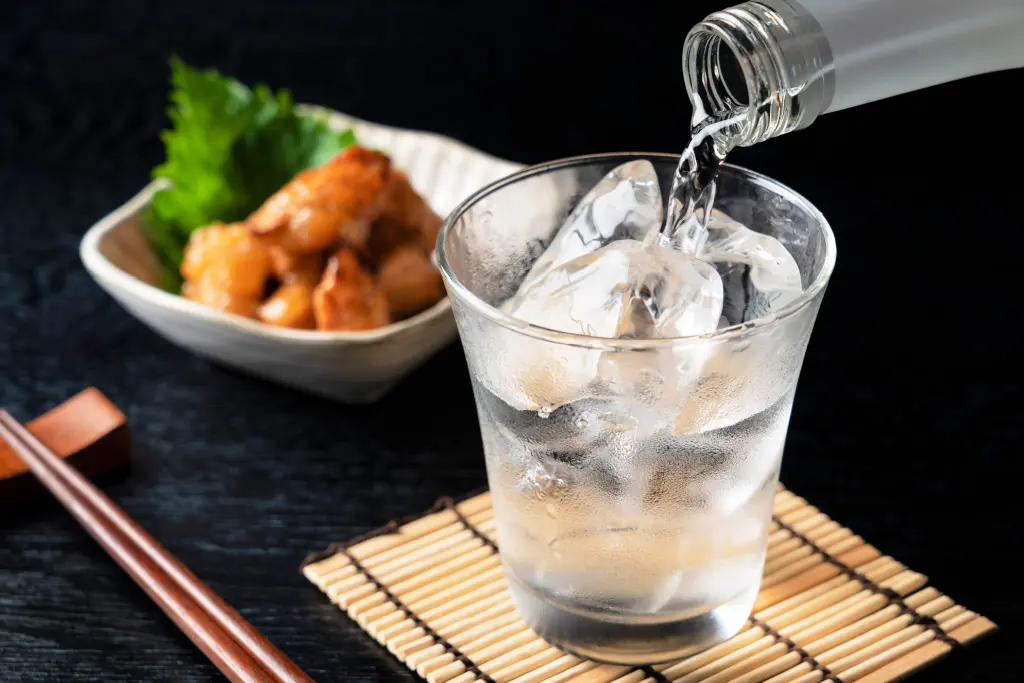
Shochu Time: Why Japan Loves This Drink
One of the most well-loved souvenirs people often think of from Japan is sake, a traditional alcoholic beverage. However, there is another type of alcohol that has become so popular in Japan that it now sells more than sake. That drink is shochu. To learn more about this special beverage, keep reading!
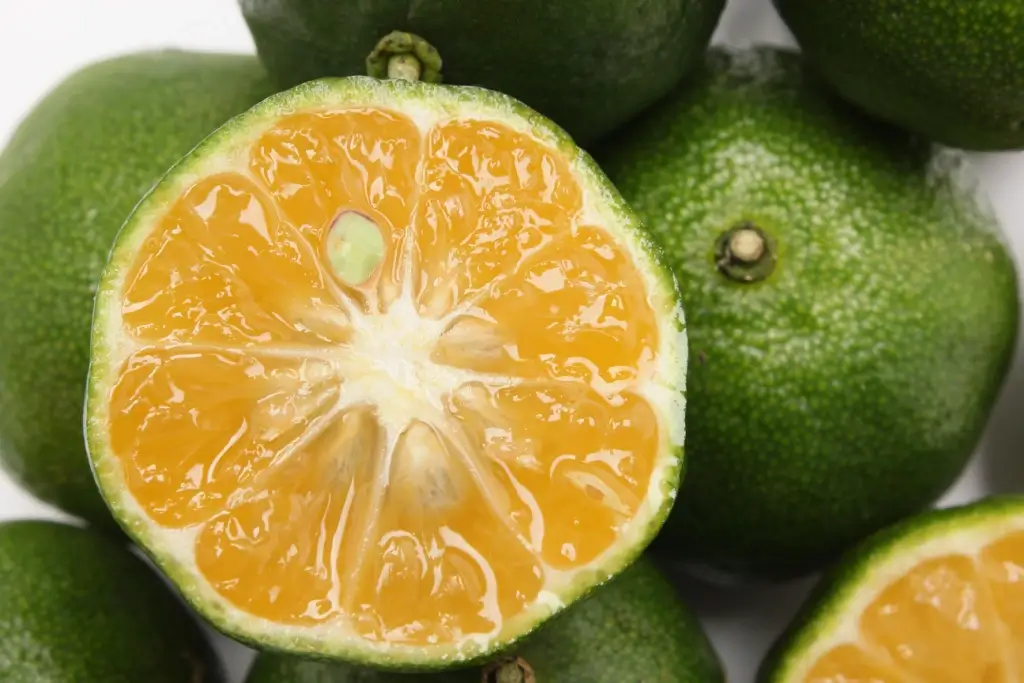
Shikuwasa: A Citrus Delight from Okinawa
In Okinawa, the fruit shikuwasa is widely used in various kinds of food and drink. Let’s explore this remarkable Okinawan fruit in more detail!
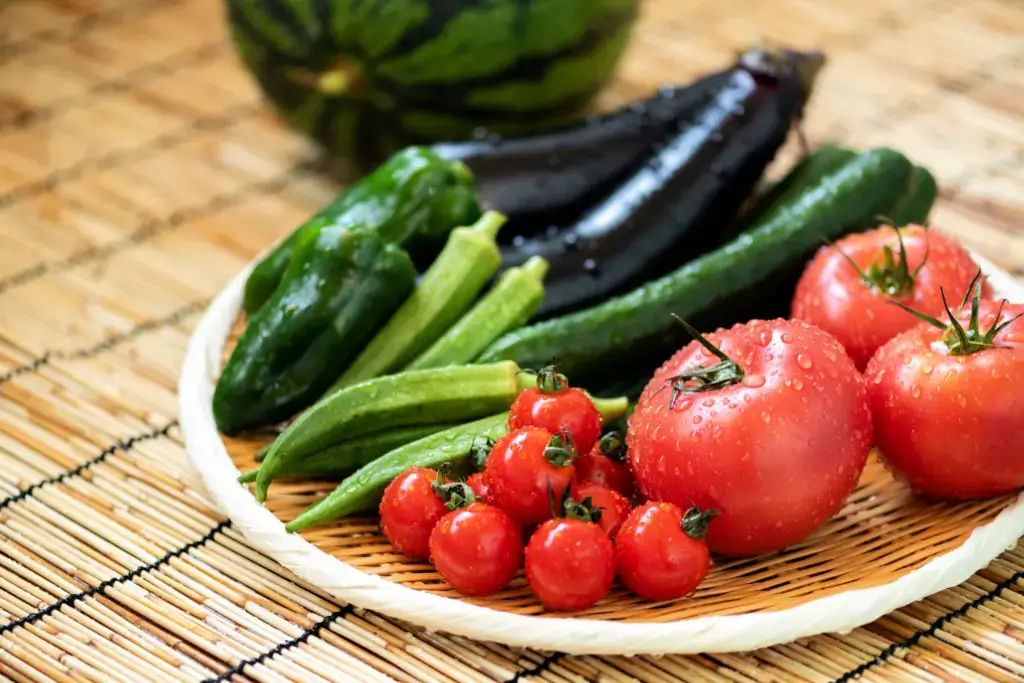
Japanese Vegetables: Awesome Picks for Hot Days!
People often crave cool foods and drinks to beat the heat in summer. Vegetables are always one of the top ingredients and essential in summer cuisine. This season offers a wide variety of delicious and healthy vegetables. Let’s explore some of the most popular Japanese vegetables in summer dishes!

What Is Mochi When You Fry It? It’s Agemochi!
Agemochi is a deep-fried mochi snack that is crunchy on the outside and full of rich flavor. It differs from fresh mochi but is still made from the same rice base. People of all ages love this tasty treat and is easy to find in shops around Japan.


